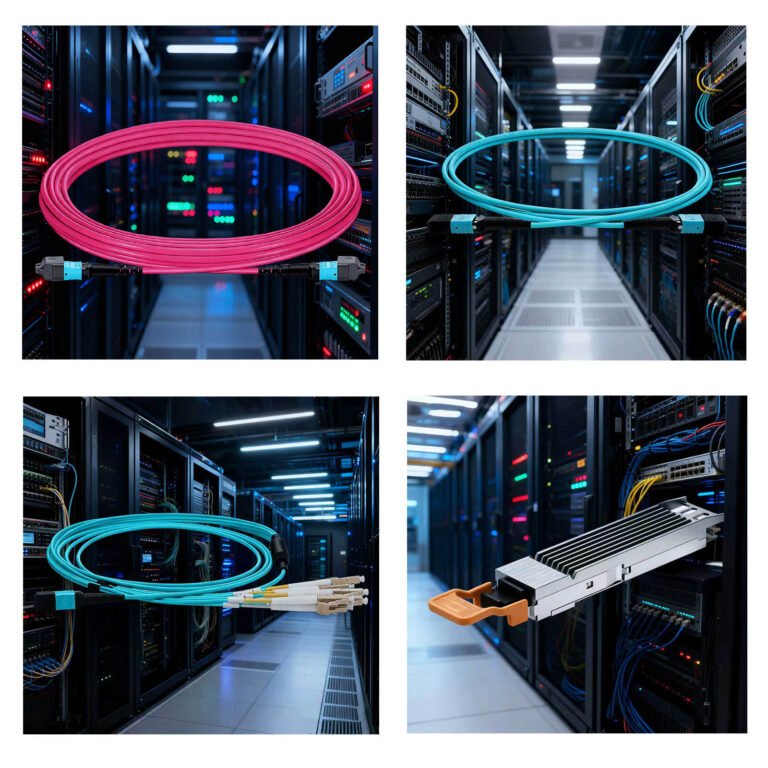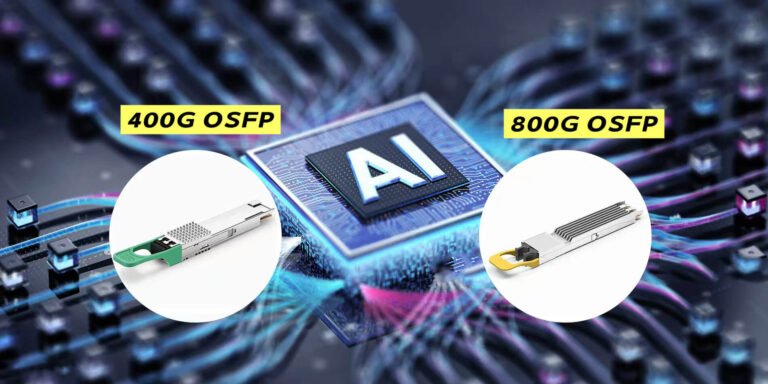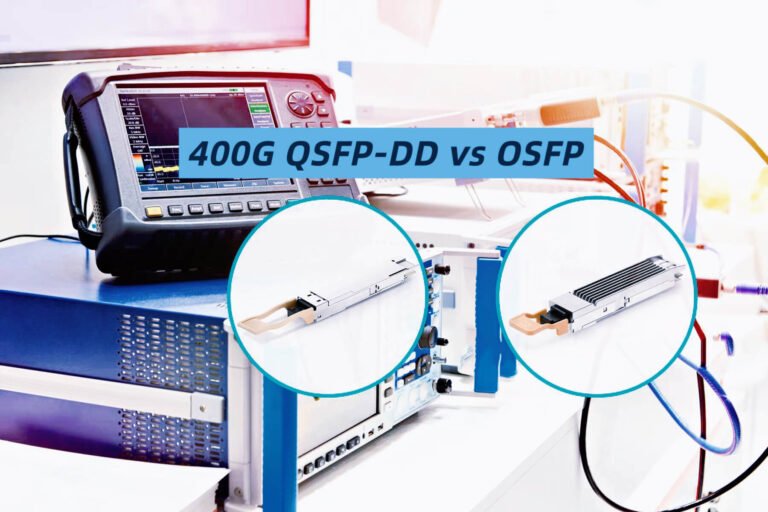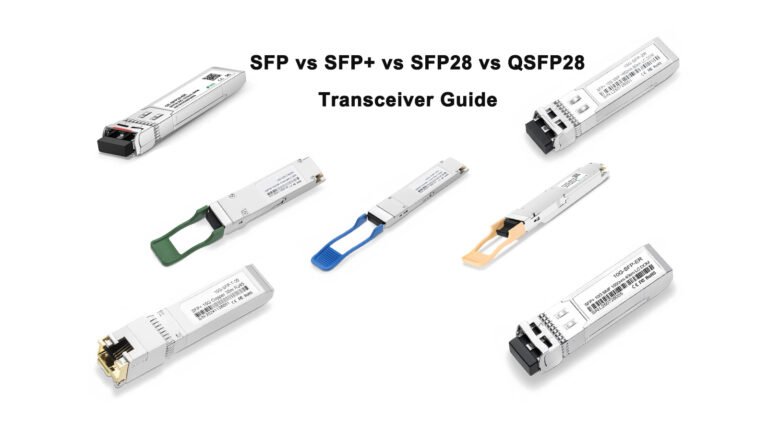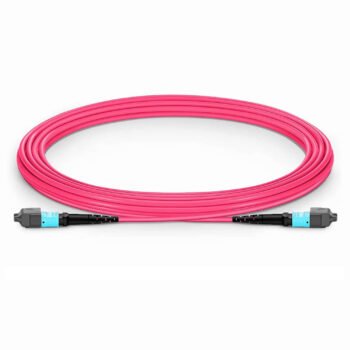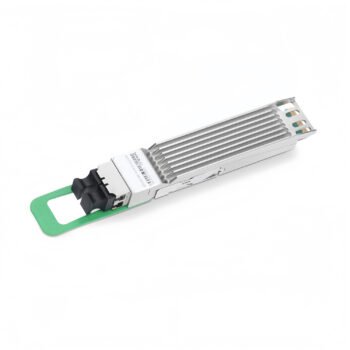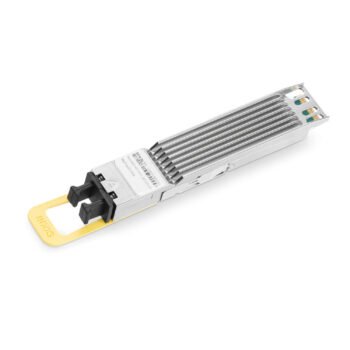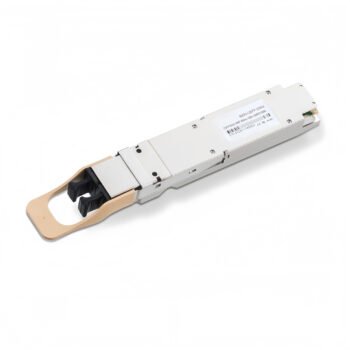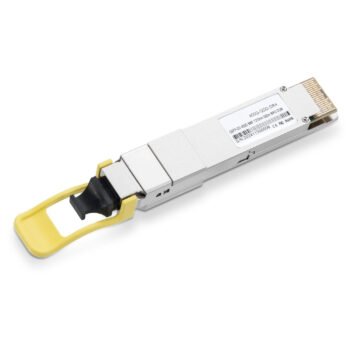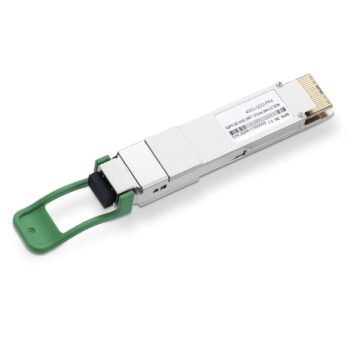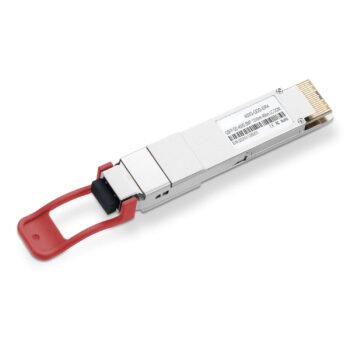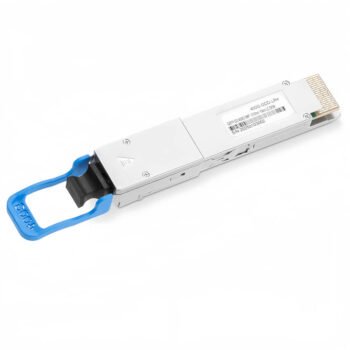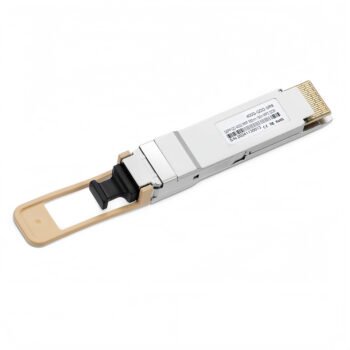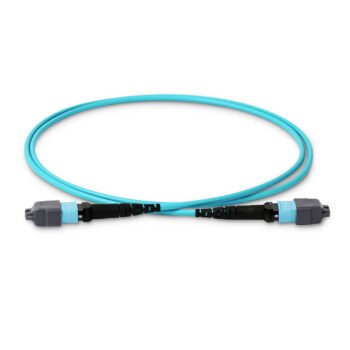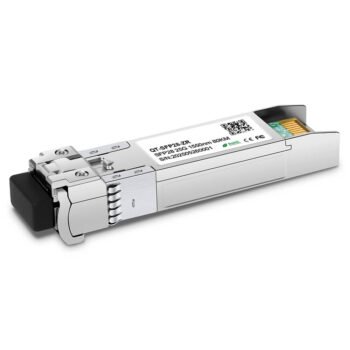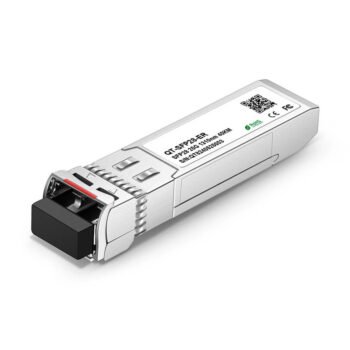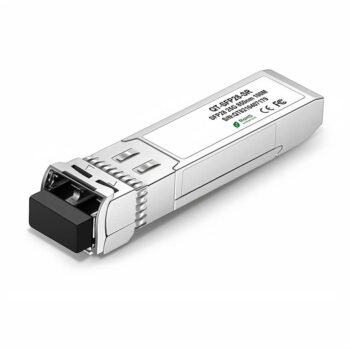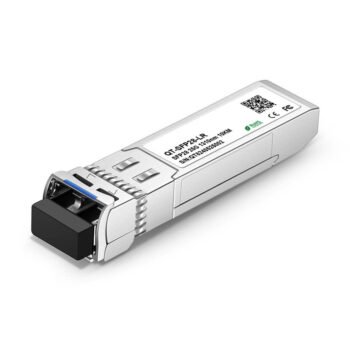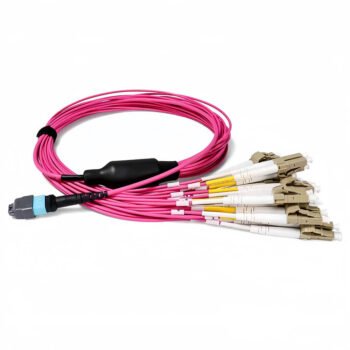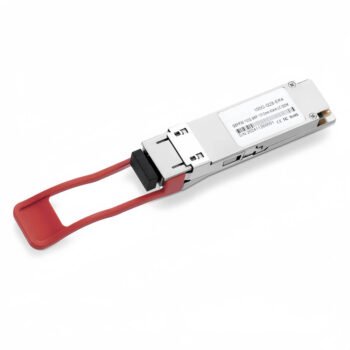Best SFP Module Manufacturers 2025 | Price & Quality Guide
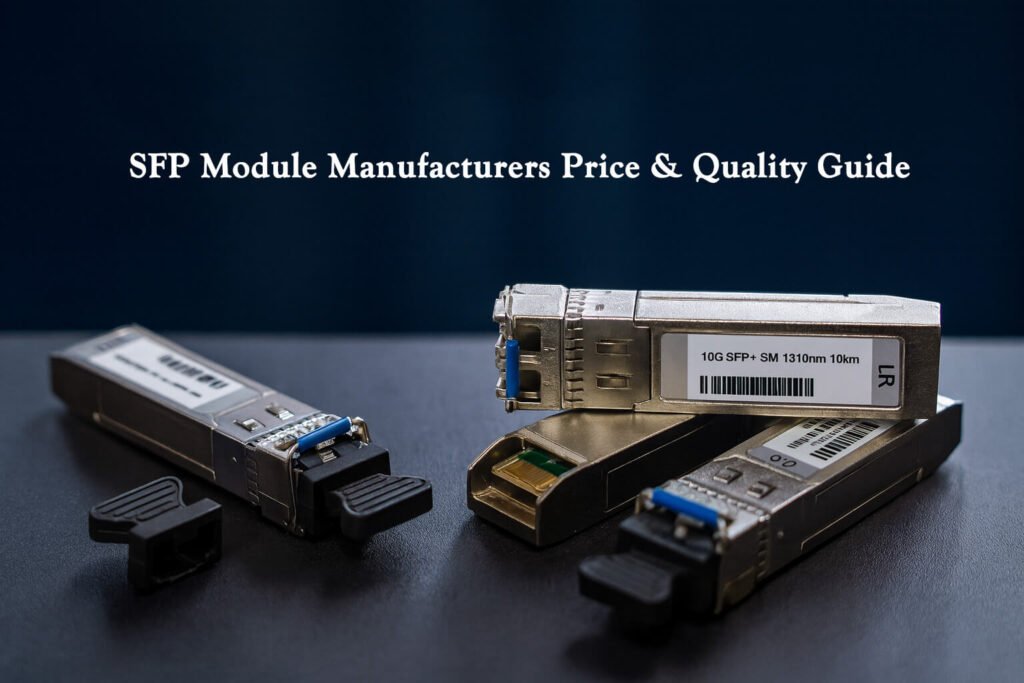
If you manage a data center or an ISP rollout, you know the bill for optics can spike fast. OEM-branded optics look safe, but the price hurts, and lead time is unpredictable. You ask: Which third-party SFP module manufacturer is reliable—and how do I compare price vs. risk without breaking my network? This guide gives you a practical evaluation framework, fair price ranges, a neutral shortlist method, and a procurement checklist. I’ll also show where ABPTEL fits in and why many buyers choose us for price and after-sales advantages.
TL;DR: Compare manufacturers on coding compatibility, full test reports, failure rate, RMA SLA, and compliance. Price varies with laser type, reach, coding/brand profile, volume tier, and lead time. Shortlist five vendors, request like-for-like quotes, and run acceptance tests before a frame contract. ABPTEL wins when you need global coding compatibility, transparent test data, stock + fast ship, OEM/ODM labeling, and responsive after-sales.1
How do I evaluate SFP module manufacturers beyond the spec sheet?
Datasheets look similar. Real differences show up in coding quality, production consistency, and support. Use this buyer-centric checklist:
1) Coding compatibility (the silent deal-breaker)
- Ask for switch/NOS compatibility list and CMIS/SFF compliance notes (Arista/Juniper/Cisco/Huawei/H3C/Edgecore/SONiC).
- Require live-code verification (e.g., Arista EOS
show inventory, Ciscoshow interface transceiver) captured in test reports. - Confirm DOM (digital diagnostics), DDM, and EEPROM write-protect policies. Coding mismatches create intermittent link flaps—hardest to debug.2
2) Full optical testing & documentation
- Request IL/RL, TX power, RX sensitivity, eye diagrams, BER, and temperature sweep results for a randomly sampled lot.
- For 10G/25G, check SFF-8431/SFF-8472 items; for QSFP28, verify IEEE 802.3 Clause 86/88 PMDs and CMIS support.3
3) Failure rate, QA process, and component traceability
- Ask for 12-month field RMA rate and infant mortality data.
- Verify laser/driver vendor sources (VCSEL/DFB/DML/EML), PCBA process, and 100% burn-in policy.
4) After-sales SLA & logistics
- Define DOA window, cross-ship RMA, turnaround days, advance replacement terms, and spares pool.
- Confirm stock level and lead time at your region (US/EU/LATAM/MEA/APAC).
5) Compliance & interoperability
- Look for RoHS/REACH, CE/FCC, and safety marks; confirm IEEE/Ethernet Alliance references where relevant.4
- When mixing vendors, insist on interop test with your exact fiber plant and patch topology.
A simple scoring rubric (weight by your priorities)
| Criterion | What to ask | Score (1–5) |
|---|---|---|
| Coding compatibility | NOS list, live-code screenshots, DOM support | |
| Test coverage | Eye diagram, BER, temp sweep, IL/RL | |
| Failure/RMA | 12-mo RMA rate, DOA handling | |
| SLA & logistics | Cross-ship, regional spares, lead time | |
| Compliance | IEEE/SFF/CMIS notes, RoHS/REACH | |
| OEM/ODM | Label/packaging, custom EEPROM | |
| Price & terms | Volume tiers, Incoterms, payment |
Where ABPTEL stands: we supply coding profiles for major NOS, attach per-lot test reports, keep hot SKUs in stock, support OEM labeling, and maintain fast RMA with advance replacement on qualified projects. That combination lowers your operational risk without OEM pricing.
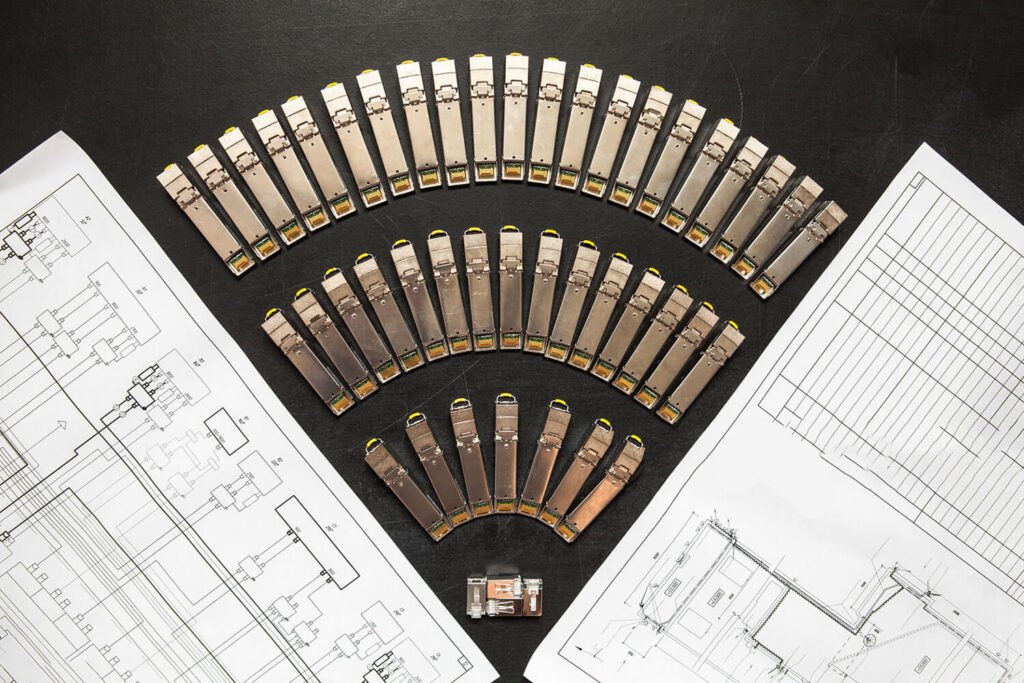
What are fair price ranges for SFP, 10G SFP+, 25G SFP28, and 100G QSFP28—and what drives the cost?
Prices move with laser type, reach, connector, coding, order volume, and logistics. The ranges below are indicative for Tier-1 compatible optics with test reports (actual quotes vary by volume/region/market).
Indicative ranges (USD, per unit, compatible grade)
| Family | Typical Variants | Common Fiber/Reach | Indicative Street Price* |
|---|---|---|---|
| SFP (1G) | SX/LX/ZX | OM2/OM3 550 m; SMF 10–80 km | $10 – $35 |
| 10G SFP+ | SR/LR/ER/ZR/DAC/AOC | OM3/OM4 300 m; SMF 10–80 km | $15 – $120 |
| 25G SFP28 | SR/LR/ER/ACC/AOC | OM4 100 m; SMF 10–40 km | $25 – $180 |
| 100G QSFP28 | SR4/LR4/ER4/CWDM4/DR/FR/ACC/AOC | OM4 100 m; SMF 2–40 km | $60 – $800 |
*For volume buyers with test documentation and standard packing. Niche reaches (e.g., ER4/ZR) and EML lasers sit at the higher end.5
Why one 100G can be $120 and another $650+
- Laser/Detector: VCSEL (SR) is cheap; EML + APD (ER4) is costly.6
- Reach & Wavelength Scheme: CWDM4 (2 km, duplex LC) often beats PSM4 (8 fibers) on total cost when fiber is scarce.7
- Coding/Brand Profile: Perfect Arista/Cisco/Juniper coding with DOM can command a premium.
- Volume Tier & Lead Time: Big rollouts win better brackets; urgent ship dates add cost.
- Logistics & Tariffs: DDP vs. FOB, region taxes, and customs affect landed price.
Where ABPTEL helps: because we manufacture and stock popular SKUs, we can hold stable brackets and offer bundle savings when you combine optics with AOC/DAC or MTP/MPO cabling (internal synergy reduces your total BOM).
Which top 5 third-party SFP manufacturers should I shortlist—and how do I compare them fairly?
The market is crowded. A neutral way to reach a shortlist:
How we pick the five
1) Same product occupation (transceivers focus). 2) Transparent pricing (public list or rapid quote). 3) Test data available. 4) Global shipping/RMA. 5) Clear compliance info online. Then request like-for-like quotes (same reach/laser/coding/terms).
Include ABPTEL on your list if you want price + after-sales strength with OEM/ODM flexibility. Below is a comparison template you can copy.
Comparison template (fill with your quotes)
| Vendor | Focus Lines | Coding Coverage | Test Pack | SLA & RMA | Stock & Lead | OEM/ODM | Price (10G/25G/100G) |
|---|---|---|---|---|---|---|---|
| ABPTEL | SFP/SFP+/SFP28/QSFP28 | Major NOS profiles | Eye/BER/Temp/DOM | Advance replacement eligible | Hot SKUs in stock | Yes (label/pack/EEPROM) | Aggressive tiers |
| Vendor B | SFP/SFP+ | Cisco/Juniper focus | Eye/BER | 10-day RMA | Stock in EU | Label only | Mid |
| Vendor C | SFP28/QSFP28 | Arista/SONiC | Eye only | Cross-ship | APAC hub | No | Mid-High |
| Vendor D | Broad catalog | Generic | Basic | RMA on receipt | Build-to-order | Yes | Low |
| Vendor E | QSFP28 focus | Arista/Juniper | Eye/Temp | 7-day RMA | US hub | Yes | High |
How to fill it: send a one-page RFI asking for coding list, sample test report, RMA policy, lead time, and three reference customers. Score 1–5 per category and pick the top two for lab acceptance.
What to verify in acceptance testing
- Loopback & BER at min/max temperature
- DOM accuracy (Tx power, Rx power, temp, Vcc) vs. spec
- Interoperability (switch A <-> switch B, mixed vendors)
- Fiber plant margin (use your real patch panels/cassettes)
- Hot-swap behavior (link up times, syslog messages)
ABPTEL provides sample kits across SFP/SFP+/SFP28/QSFP28 with matched MTP/MPO Jumpers and Trunks for clean lab wiring, so you validate optics and cabling as a system.
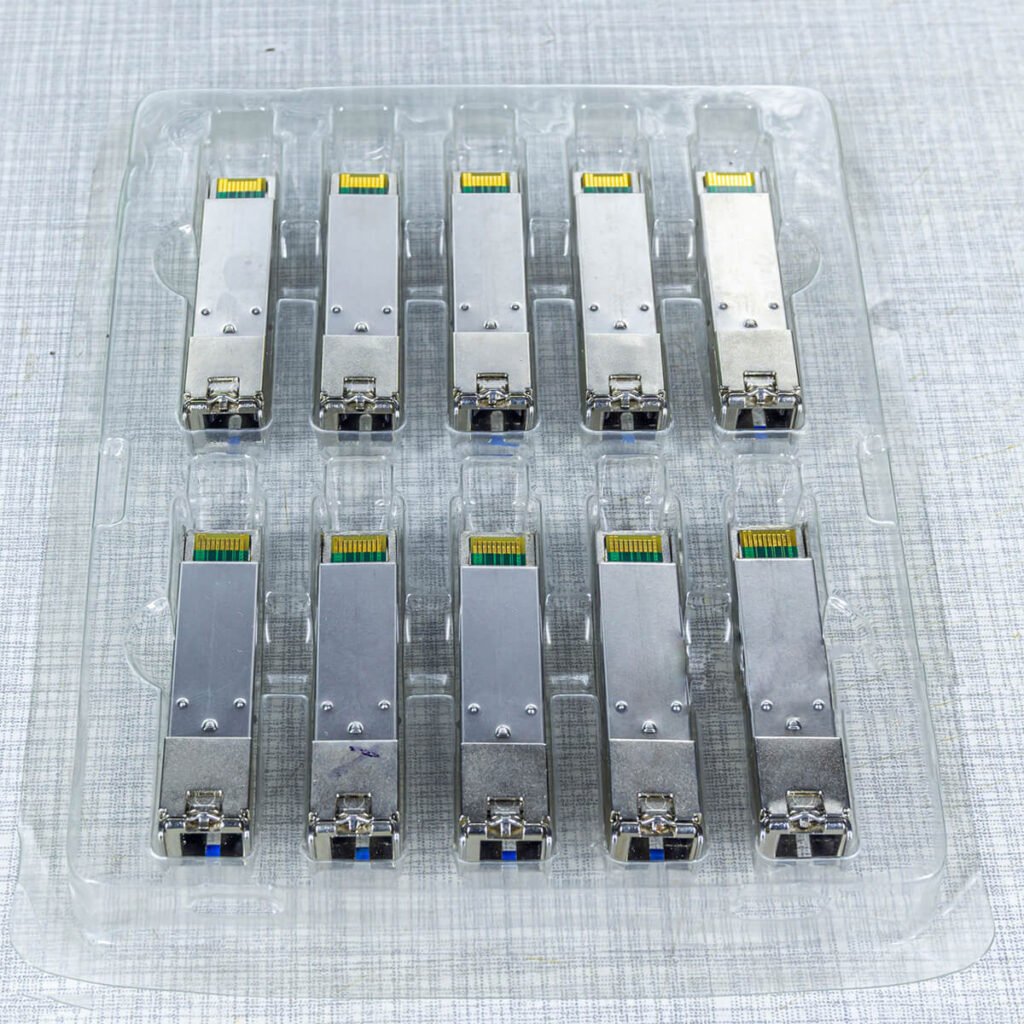
What are the risks of buying only OEM-branded optics—and where do third-party modules make sense?
OEM optics are excellent but expensive and sometimes locked to brand coding. Third-party compatibles shine when you need scale, speed, and savings:
- Mass deployment (racks of TOR, campus refresh, metro edge)
- Multi-vendor networks where a neutral compatible reduces lock-in
- Spares pool strategy: keep 5–10% SFP+/SFP28/QSFP28 in stock
- Rapid replacement with cross-ship RMA instead of waiting weeks
Manage risk with process: accept only suppliers who provide coding evidence, full test reports, clear RMA terms, and region stock. Validate on your exact NOS version. This replaces brand premium with controlled, measured risk—often saving 30–70% TCO depending on mix.8
ABPTEL’s strength in after-sales (advance replacement, quick triage, engineer-to-engineer support) is why many first-time buyers move from “pilot” to “framework agreement” after one quarter of clean operations.
Where should I buy “SFP modules near me”? Channels, procurement checklist, and red flags
Channels that work
- Direct from manufacturer (best price, fastest engineering feedback).
- Authorized distributors (regional inventory, consolidated billing).
- Verified resellers (local stock and quick swap).
Procurement checklist (copy/paste into your RFQ)
- Exact part code (e.g., 10GBASE-LR, 25G LR, 100G CWDM4) and NOS brand profile.
- Coding verification screenshots + DOM readouts.
- Test report: Eye/BER/temp sweep, Tx/Rx power, sensitivity.
- Compliance: IEEE/SFF references; RoHS/REACH, CE/FCC.
- Price tiers: 10/50/100/500 units; validity window; Incoterms.
- Lead time & stock location; partials allowed?
- RMA/DOA terms; cross-ship and advance replacement.
- Spares pool proposal (recommended % by family).
- References (same industry/region).
- OEM/ODM options (label, packaging, EEPROM fields).
Red flags to avoid
- “We don’t share test reports.”
- “Coding works on most switches” (no list, no screenshots).
- No DOA terms or vague RMA timelines.
- Unclear origin or certificates.
Tip: pair optics with the right infrastructure. If you deploy QSFP28 SR4/CWDM4 widely, plan your cabling with MTP/MPO Cassettes and Breakouts to avoid rework later.
ABPTEL at a glance: why many buyers pick us after a live comparison
Product scope you actually need
- SFP Modules (1G), 10G SFP+, 25G SFP28, 100G QSFP28 (SR4/LR4/ER4/CWDM4/DR/FR), plus AOC/DAC for top-of-rack.
- Coding libraries for Cisco/Arista/Juniper/Huawei/H3C/SONiC and more.
Price + SLA advantage
- Competitive brackets on mainstream reaches; bundle discounts with cabling.
- Fast ship on hot SKUs; advance replacement for qualified contracts.
- Full test reports per lot; DOM and temperature sweep included.
OEM/ODM
- Private label (logo/box), custom EEPROM, special packs per project.
- Engineer-to-engineer support in qualification and field rollout.
Internal links for quick access
Want a no-risk start? Ask for a mixed sample kit across SFP/SFP+/SFP28/QSFP28. We’ll match coding to your NOS versions and include MTP/MPO jumpers/trunks to keep the lab tidy.
Price comparison playbook: how to build a fair Top-5 benchmark (with ABPTEL included)
1) Define use cases (e.g., 10G LR campus, 25G SR TOR, 100G CWDM4 DCI).
2) Specify “like-for-like”: same reach, laser, coding, DOM, compliance, terms.
3) Invite five vendors, including ABPTEL, and request:
- Unit price at 10/50/100/500 pcs and lead time;
- Test packs and coding evidence;
- RMA/DOA/SLA; spares pool proposal.
4) Score and shortlist two, run lab acceptance on both.
5) Negotiate frame with price-review clauses and cross-ship RMA.
Vendor Capability Comparison (Non-Price)
| Capability / SLA | ABPTEL | FiberMall | Atoptechnology | CablesAndkits | Hi-Optel |
|---|---|---|---|---|---|
| Coding coverage (Cisco / Arista / Juniper / Huawei / H3C / SONiC) | ✅ Major NOS profiles | ⚠️ Cisco/Juniper only | ✅ Cisco/Arista/SONiC | ❌ Generic | ⚠️ Cisco/Huawei |
| CMIS/SFF documentation & live-code screenshots | ✅ Full report + screenshots | ⚠️ Summary only | ✅ Screenshots provided | ❌ None | ⚠️ On request |
| DOM/DDM (temp / Tx / Rx / Vcc) | ✅ Full | ✅ Full | ✅ Full | ⚠️ Partial | ✅ Full |
| Optical test pack (Eye / BER / Temp sweep / IL / RL) | ✅ Eye + BER + Temp + IL/RL | ⚠️ Eye + BER | ✅ Eye + BER + Temp | ❌ Basic only | ⚠️ Eye only |
| Operating temperature (0–70 °C / −40–85 °C) | ✅ Both options available | ✅ 0–70 °C | ✅ Both options | ⚠️ 0–70 °C only | ✅ 0–70 °C |
| 12-month RMA rate disclosure | ✅ Provided | ❌ Not disclosed | ⚠️ Verbal range only | ❌ Not disclosed | ⚠️ NDA required |
| DOA policy & advance replacement | ✅ DOA 15d + advance replacement | ⚠️ DOA 7d | ✅ DOA 14d | ❌ No advance replacement | ⚠️ Region dependent |
| RMA SLA (business days) | ✅ 7–10 | ⚠️ 10–15 | ✅ 7–12 | ❌ 20+ | ⚠️ 15–20 |
| Stock & lead time (hot SKUs) | ✅ In-stock / 3–5d ship | ⚠️ EU warehouse | ✅ US/APAC hubs | ❌ Build-to-order | ⚠️ 7–10d |
| OEM/ODM (label / packaging / EEPROM) | ✅ Full suite | ⚠️ Label/box only | ✅ Label + EEPROM | ❌ Not available | ⚠️ Logo only |
| Compliance (RoHS / REACH / CE / FCC) | ✅ Complete | ✅ Complete | ✅ Complete | ⚠️ Partial | ✅ Complete |
| References (same industry / region) | ✅ 3+ available | ⚠️ Limited | ✅ 2+ available | ❌ None | ⚠️ NDA needed |
Don’t just pick the lowest price—weight coding pass rate and RMA speed higher. That’s where your hidden cost lives.
FAQs from buyers (straight answers)
Q: Are third-party SFPs safe on brand-name switches?
A: Yes—if coded correctly and tested. Modern NOS reads EEPROM per SFF/CMIS; enforce acceptance testing and keep spares. Many networks run mixed vendors successfully.2
Q: Will 100G CWDM4 or LR4 be cheaper long-term?
A: For ≤2 km and limited fiber, CWDM4 usually wins on total cost (two fibers). For 10 km, LR4 is the standard PMD and widely available.7
Q: Can I mix vendors in one link?
A: Often yes, if both meet IEEE PMD and coding is compatible. Still, qualify pairs in your lab first and stick to a bill of optics per link type.3
Q: Should I buy OEM for core/edge and compatibles for access?
A: That’s a common strategy. Many buyers standardize on compatibles everywhere after six months of clean stats and a robust RMA workflow.
Conclusion
The “best SFP module manufacturer” is not the one with the flashiest datasheet; it’s the vendor that proves coding compatibility, test depth, low failure rate, and fast after-sales—at a price that keeps your project profitable. Use the evaluation matrix, request like-for-like quotes, run acceptance tests, and sign a frame agreement with clear RMA and spares terms.
ABPTEL fits teams that want price + SLA in one place: broad SFP/SFP+/SFP28/QSFP28 coverage, transparent test data, OEM/ODM flexibility, stock for fast ship, and responsive support. If you’re ready to benchmark, start with a mixed kit and measure us against your current supplier—we’re confident the numbers will speak for themselves.
Internal links (4)
-
IEEE 802.3 100GbE PMDs overview and transceiver families: https://en.wikipedia.org/wiki/100_Gigabit_Ethernet ↩
-
SFF/CMIS management & coding concepts for pluggable modules (SNIA/SFF): https://members.snia.org/document/dl/25974 ↩ ↩
-
Ethernet Alliance/IEEE conformance & PMD references for optics interoperability: https://ethernetalliance.org/ ↩ ↩
-
RoHS/REACH compliance essentials for data center hardware (EU): https://ec.europa.eu/environment/topics/waste-and-recycling/rohs-directive_en ↩
-
FS knowledge base—typical market price dynamics & reach vs. cost explainer: https://fs.com/ ↩
-
EML vs. DML fundamentals for long-reach optics (application notes): https://www.corning.com/optical-communications/worldwide/en/home/knowledge-center/technical-papers.html ↩
-
CWDM4/PSM4 MSA notes—wavelength plan, fiber count, and cost trade-offs: https://www.cwdm4-msa.org/ ↩ ↩
-
Best practices for deploying third-party optics in multi-vendor networks (Arista design guide): https://www.precisionot.com/hardening-your-optical-network/ ↩

